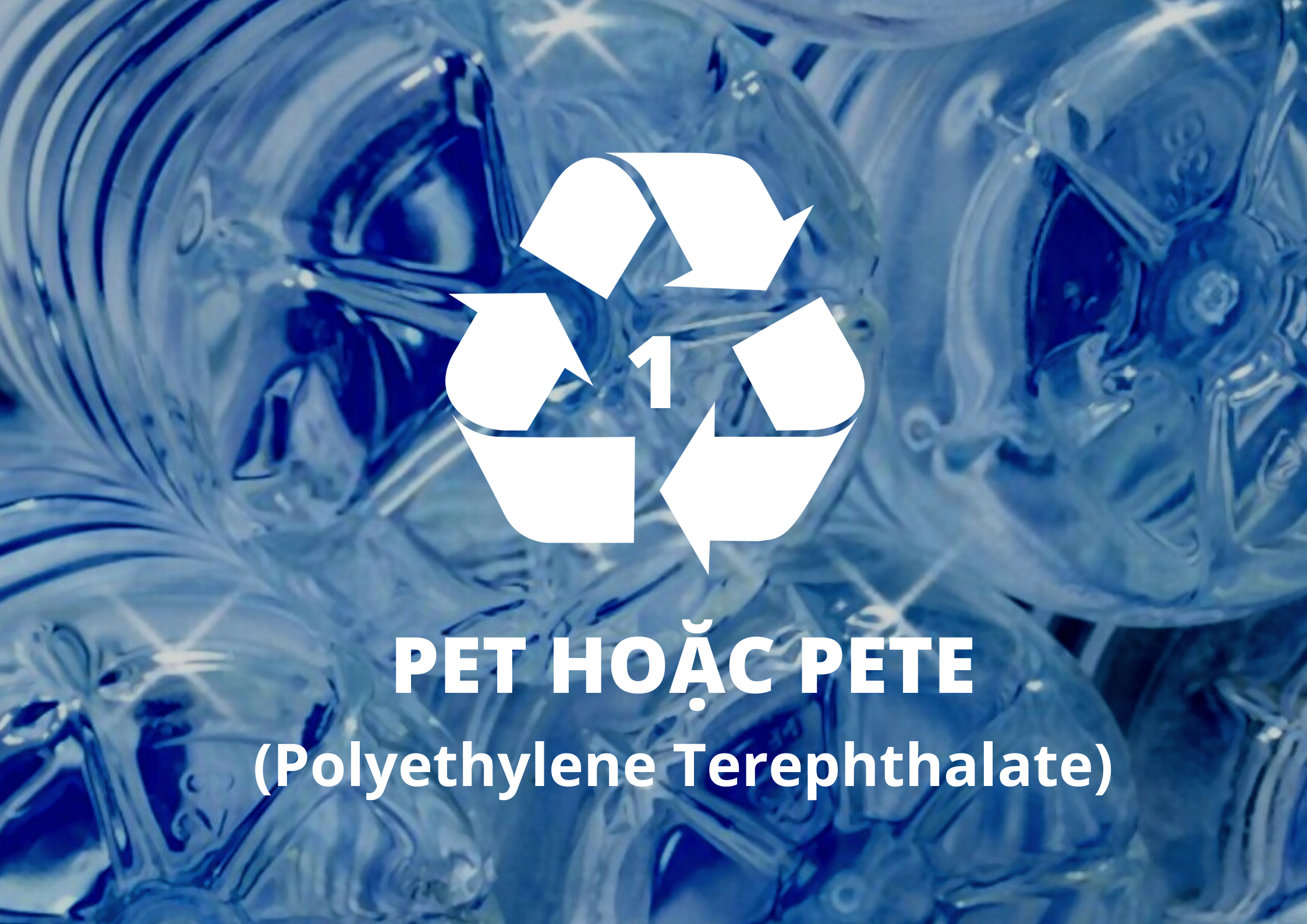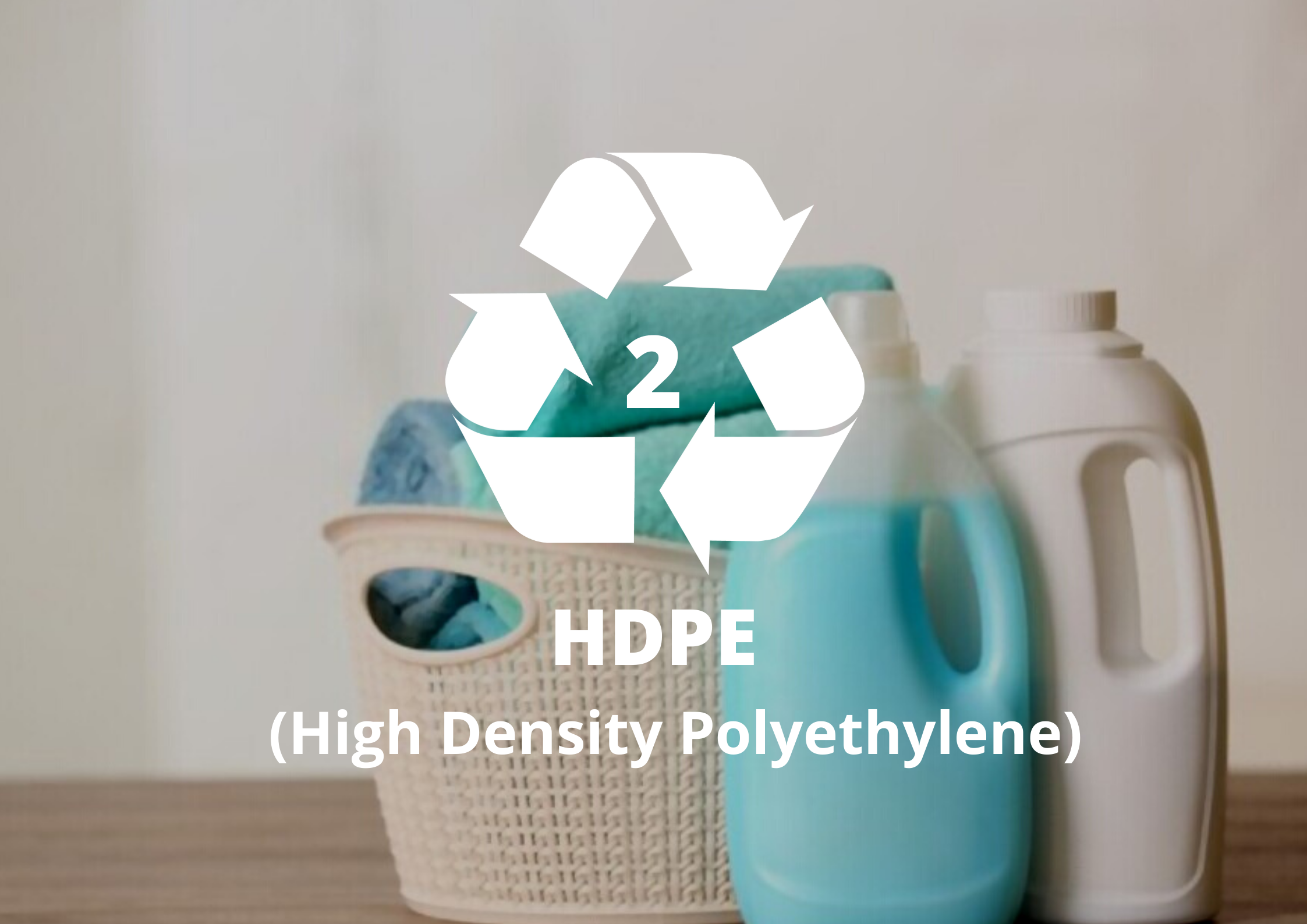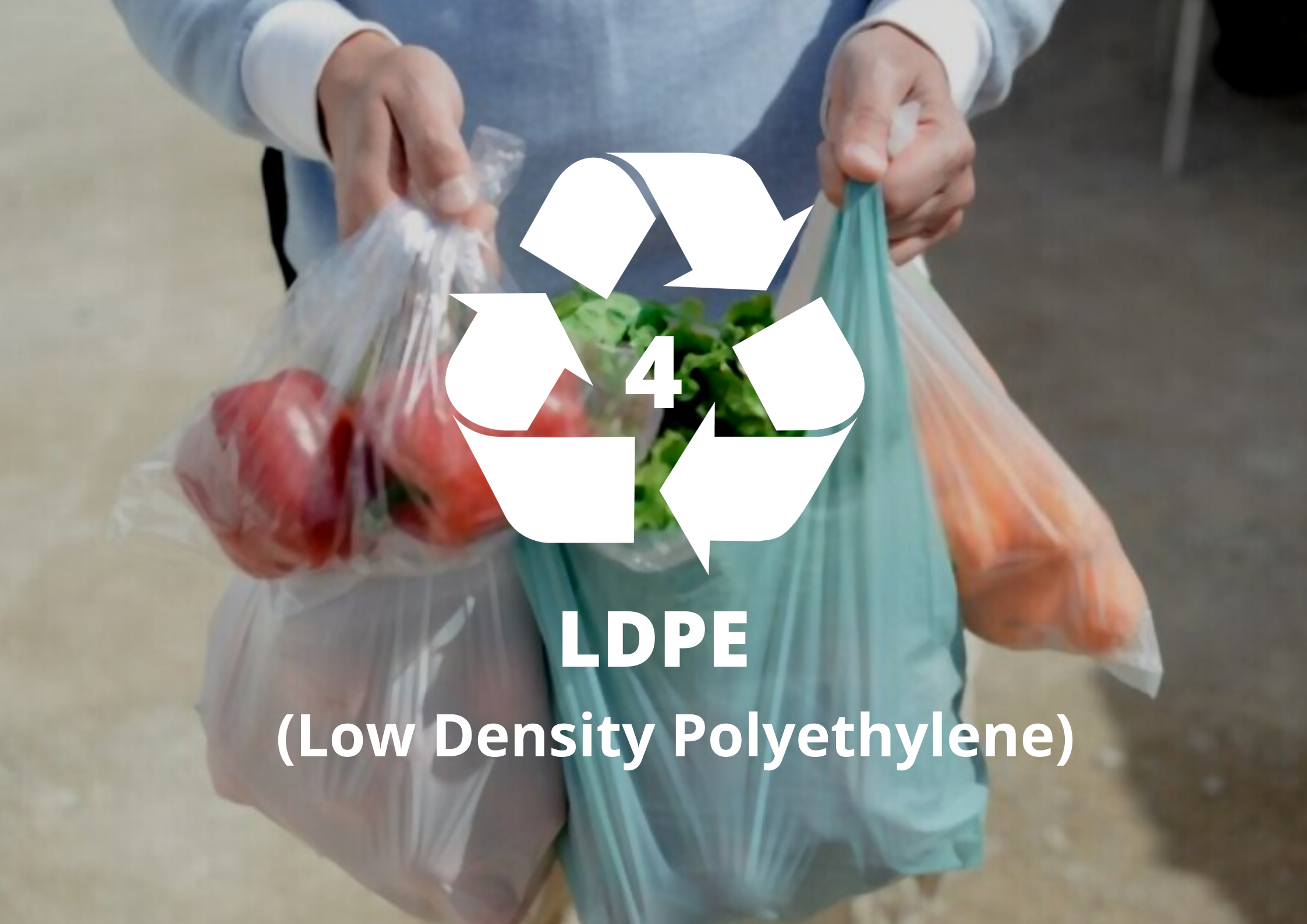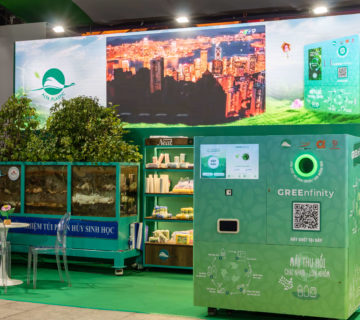EXPLANATION OF SYMBOLS ON COMMON TYPES OF PLASTIC
Plastic is a versatile material found in cars, toys, packaging, clothing, household appliances, food utensils, etc. And you will probably come across its symbols on the case or bottom several times. bottom of the products. With all the different rules and symbols on plastic utensils, it can be confusing for users to understand exactly what it means and why it appears. So let’s join Alta Plastic to find out the meaning of the symbols to protect the health of yourself and your family!

Do you know the meaning of these symbols?
>>> See more: Join hands with Alta Plastic to protect the environment
The common plastic symbol is three arrows connecting to form a triangle with the numbers 1 to 7 inside and letters underneath, all of which make a significant difference. The plastic household products such as water bottles and jars that you buy are not all the same, and the important difference is the level of toxicity of the plastic that makes them.
Meaning of 7 common plastic symbols on the market

Plastic should only be used once and should not be used at high temperatures.
No.1 – Polyethylene Terephthalate (PET or PETE)
It is a common and popular type of plastic for bottled beverages such as soft drinks, mineral water, and some other food packaging because it is cheap, light, and easy to recycle. This plastic can be put in the refrigerator and freezer because it can withstand low temperatures. But they should not be placed in the microwave because this plastic will melt and seep into food, causing harm to health.
It is difficult to clean, its recycling rate remains relatively low (about 20%) despite the high demand for this material by manufacturers. It is not recommended to reuse them, so throw them away immediately after use.
No.2 – High Density Polyethylene (HDPE)
HDPE, also known as high-density plastic, is the best plastic among all plastics, versatile with many uses, especially when used for packaging. It has a low risk of leaching and can be easily recycled into a variety of goods. This type of plastic can withstand temperatures of 110 o C so it can be put in a low-power microwave.
This type of plastic is often colored or opaque and can be found in milk and detergent bottles or household cleaning bottles. HDPE can be easily recycled into plastic wood, bottles, or drainage pipes. Often recommended by experts because it is one of the safest forms of plastic.

This type of plastic contains many toxic chemicals.

This type of plastic contains many toxic chemicals.
No.3 – Polyvinyl Chloride (V or PVC)
The plastic is hard and waterproof, so it’s often used for things like shampoo bottles, cooking oil, pipes, and partitions. Additionally, PVC will also be found in many products and packaging. It is rarely recycled, but it is accepted by some plastic lumber manufacturers.
PVC is quite popular, but it contains toxic chemicals that affect health. Note: Do not burn PVC because it will easily release toxins. Do not buy PVC toys for your baby, do not let your baby suck on plastic toys, and absolutely do not heat food in the microwave.
No.4 – Low-Density Polyethylene (LDPE)
Low-density plastic, often found in shopping bags, is used to make nylon bags, tote bags, dry cleaning bags, and frozen food or bread bags. LDPE is a type of plastic that is chemically inert but less physically durable than HDPE, it can withstand 95 o C for a short time.
LDPE is rarely recycled but it can still be manufactured into floor tiles, lumber, paneling, shipping envelopes, compost bins, trash cans, and bubble wrap. LDPE is easy to break, break, scratch, and has poor physical impact resistance note that LDPE plastic should not be put in the microwave to heat or cook food as it will be harmful to your health.

This type of plastic, if not exposed to high temperatures, will be a good choice.

This type can withstand high temperatures and is safe for health.
No. 5 – Polypropylene (PP)
This type has a high melting point and is heat resistant up to 167 o C so it can be used in microwaves or it is often chosen for containers that hold hot liquids, commonly found in some yogurt and poker containers. -checkers and medicine bottles, lids, straws. But you should not use it for too long in the microwave, it is recommended to use it for less than 4 minutes.
PP is a type of plastic that is quite safe for health and is also recommended by experts. This type of plastic is often used to produce food containers, coffee cups, etc. Therefore, to ensure safety, you should choose to buy plastic food containers with the symbol number 5.
No.6 – Polystyrene (PS)
Can be manufactured into rigid or foam products, it is a cheap and lightweight plastic often found on the shells of some fast food containers, disposable plates and cups, and egg cartons, and it is considered a plastic material. can cause cancer in humans.
It is remarkably resistant to heat and cold, but if microwaved it can release toxic substances. This type of plastic is also not allowed to store food and drinks long-term because it contains strong acids and alkalis. PS recommends that these products should not be used for long-term storage of food and drinks and should only be used once.

This type is considered cheap and low-quality plastic.

Loại này bao gồm PC và các loại nhựa khác, rất độc hại.
No.7 – Other
Any plastic that doesn’t fall into one of those 6 categories has the number 7 inside the triangle, usually PC and other plastics. This is considered an extremely toxic and cheap plastic, often found in food containers, water bottles, signs and displays, computers and electronic devices, DVDs, and sunglasses.
It is the most dangerous type of plastic, easily producing carcinogens and many other diseases, so be careful not to heat food or store hot items because it has the potential to contaminate food, which is very dangerous.
Types of plastic that should and should not be used

If you don’t find any markings on the bottom of the box, it’s likely plastic number 7.
Above are ways to distinguish types of plastic that are safe for health to facilitate shopping and using the products. In addition, Alta Plastic provides biodegradable bags made from LDPE and HDPE materials that are completely friendly to the environment and the health of you and your family.
Alta Plastic’s biodegradable packaging products have outstanding features such as:
- The colors and designs of the products are extremely diverse.
- Waterproof, flexible, durable.
- Environmentally friendly, safe for user health.
- Made in Vietnam.





